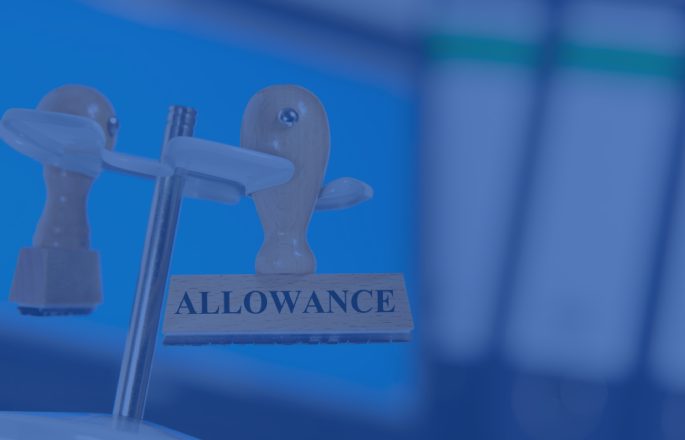
If you earn a little income on the side, the trading allowance can exempt it from tax or reduce the amount payable. What types of income does it apply to and how does it work?
In 2017 the government announced two completely new allowances out of the blue: the property allowance (PA) and the trading allowance (TA). We will only look at the latter here. We’ll get into the detail of the PA in a separate article.
The TA allows you to receive up to £1,000 of qualifying income tax and NI free - it’s as simple as that. But like all “simple” tax rules it comes with terms and conditions.
Qualifying income
The first point to note is that the TA doesn’t just apply to trading income, it also applies to miscellaneous income, i.e. that which is not already taxable under other rules. Essentially, this is income derived from an activity which doesn’t count as a trade but produces profit. For example, you help a neighbour to clear their garden for a one-off payment.
Non-qualifying income
The TA doesn’t apply to a partner’s share of partnership income. It’s also not given if you derive trading income from a partnership, say a fee for providing consultancy services, at a time when you’re a partner or have a connection with the partnership, e.g. you’re married to a partner. A similar block applies if you derive trading income from a close company (broadly, one that’s controlled by five or fewer people) in which you own or control shares or your spouse or a family member does. These rules prevent the TA being used to extract tax-free money from a company or partnership.
Partial allowance
The rules which determine how the TA is applied are fiddly, but in essence they say:
- it applies to the total of your trading income. If you have two different trades the TA can be split between them. How you allocate it is up to you
- if you use generally accepted accounting principles to work out profit on income, the TA doesn’t apply. The same is so if accounts are prepared using the cash basis. This means the TA won’t usually apply to income from self-employment that’s your only source, or one of your main sources, of earnings. The TA is aimed at ad hoc or minor trading income, such as selling on eBay
Tip. Money from selling your unwanted personal possessions doesn’t count as taxable income.
- the TA is deductible from income actually received, i.e. not from money you’re owed (debtors)
- for 2023/24 and later years income is that which you receive in a tax year and not that earned or received in the year/period for which you prepare your accounts for trading income.
Tip. The TA automatically applies to income of less than £1,000, but you can elect for it not to. You might do this where your tax-deductible expenses exceed the income, so that you can claim a tax deduction for the loss. You can also elect for it to apply where income is more than £1,000. This allows you to deduct the full £1,000 TA instead of your actual expenses.
The trading allowance automatically exempts trading income (before expenses) of up to £1,000 per year from tax. If your income is greater you can make an election for the trading allowance of £1,000 to be deducted from it to arrive at the taxable income instead of any expense you incurred in generating the income.
This article has been reproduced by kind permission of Indicator – FL Memo Ltd. For details of their tax-saving products please visit www.indicator-flm.co.uk or call 01233 653500.